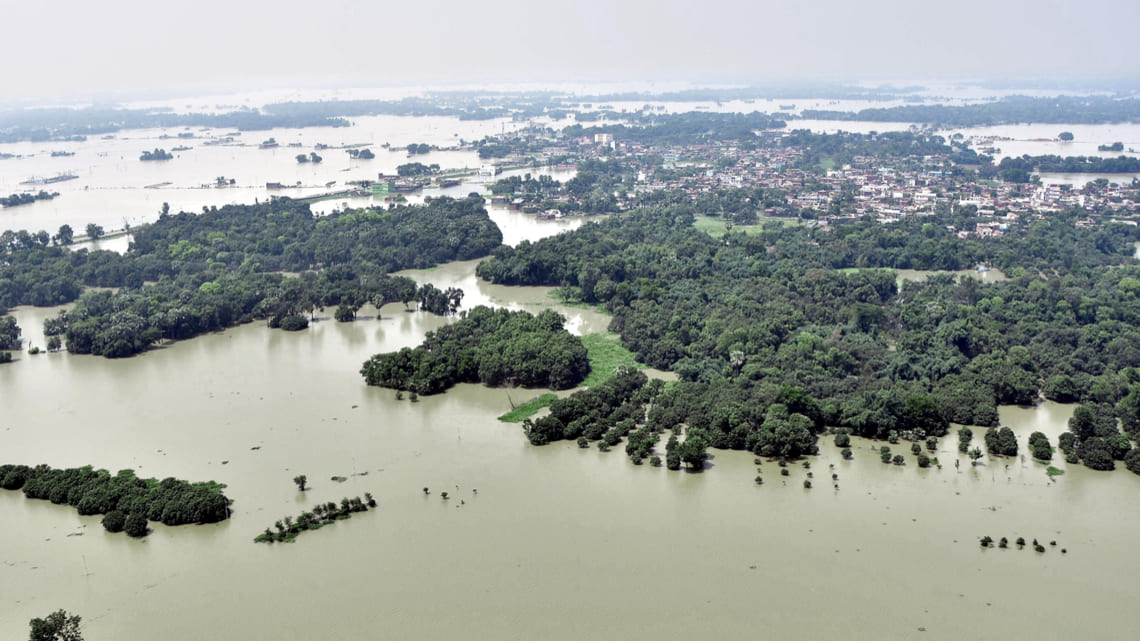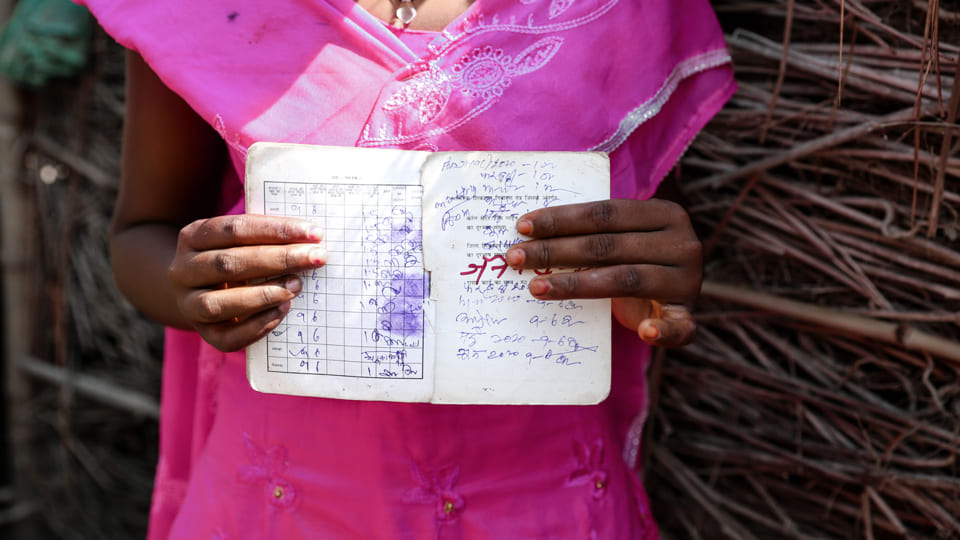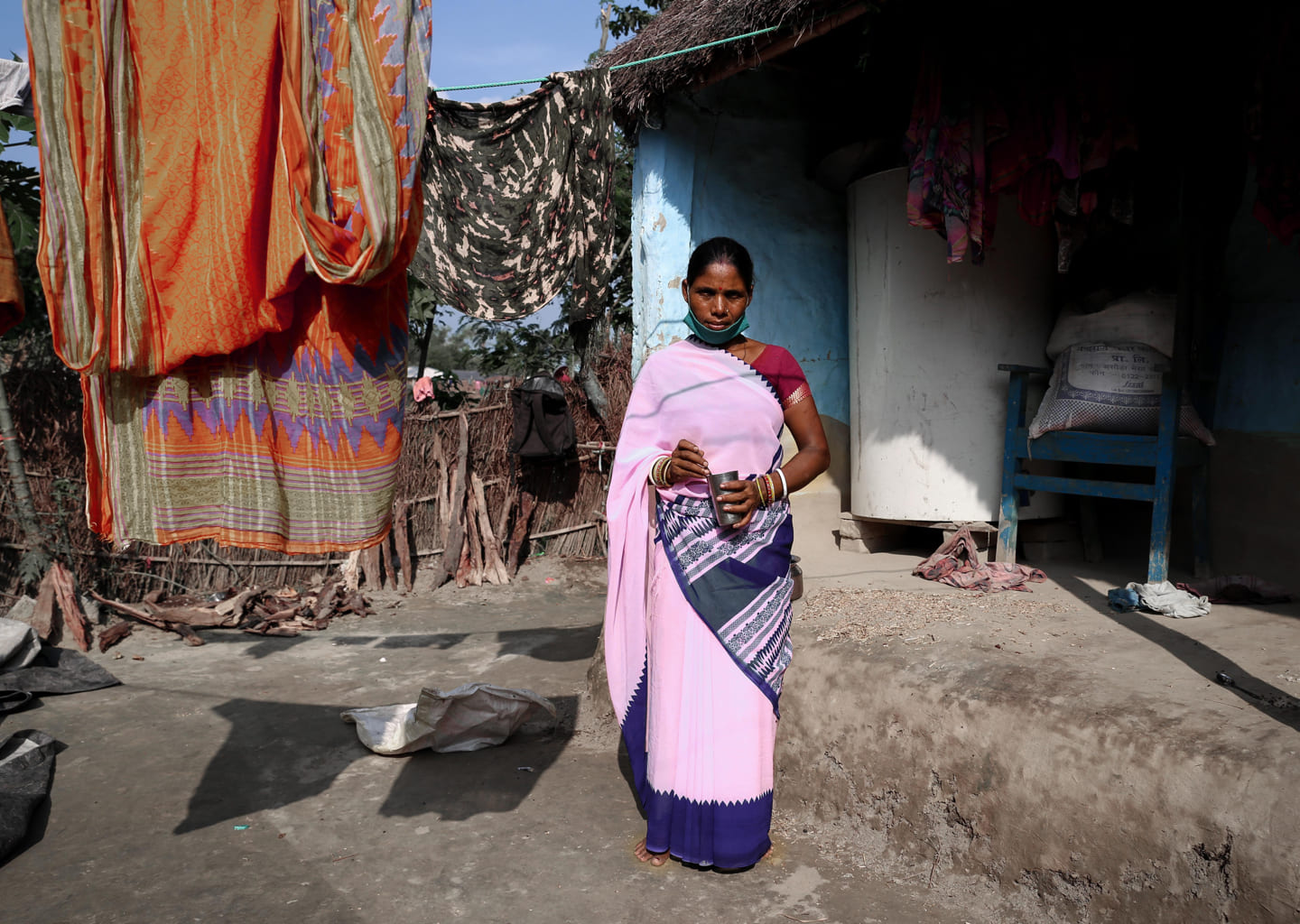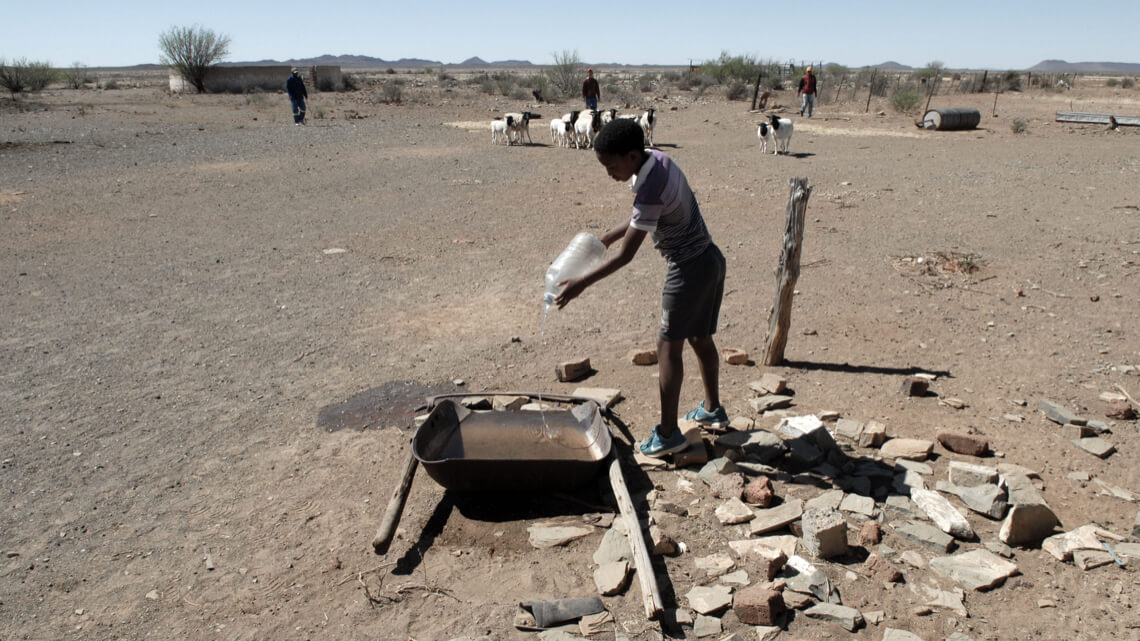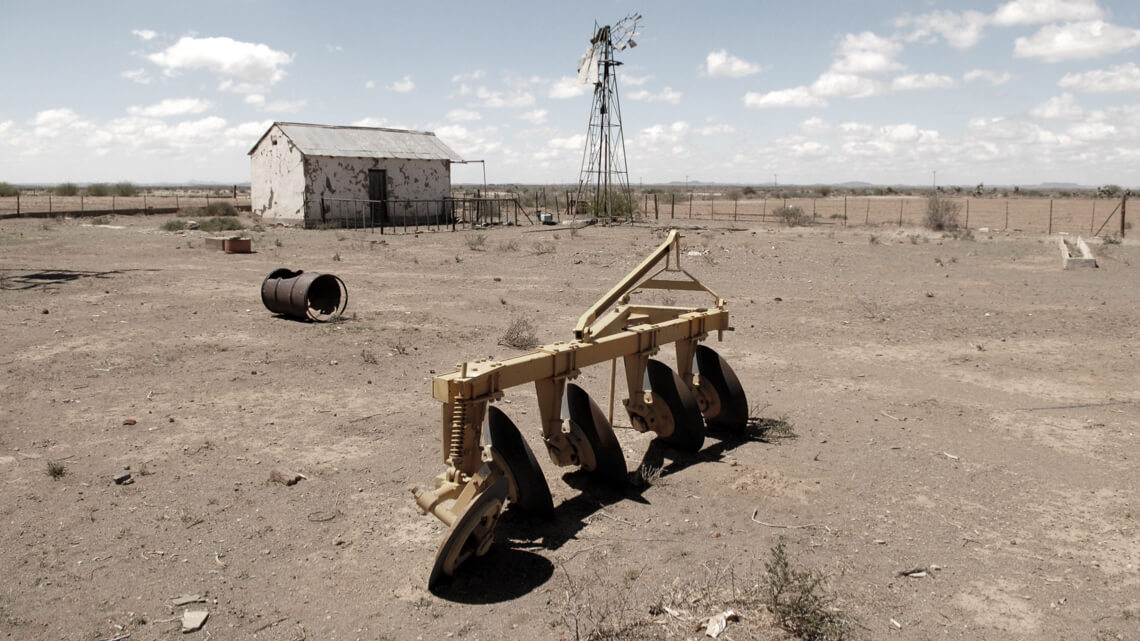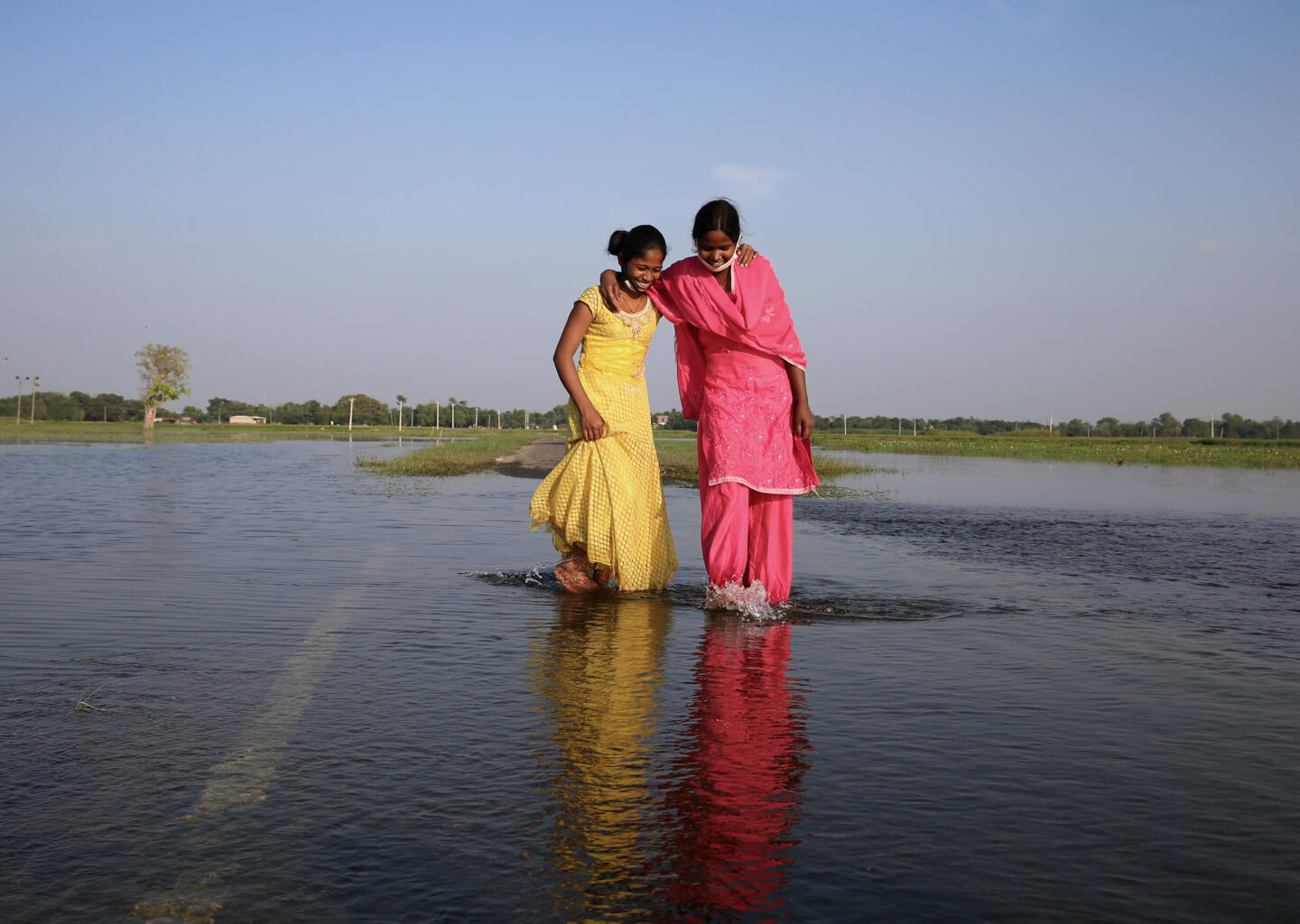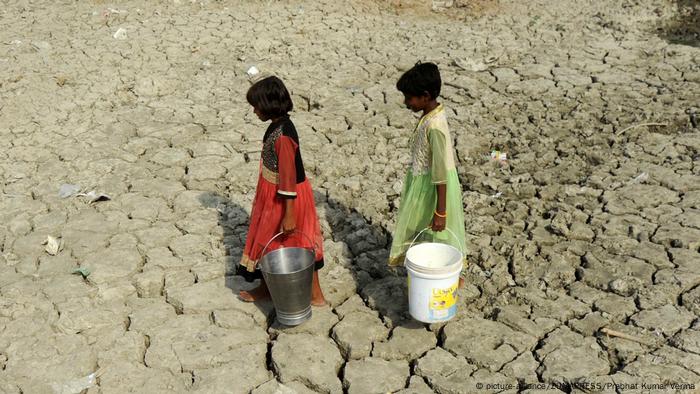Bodymap
Climate change impacts our health and bodies in many ways.
High temperatures can induce heat stroke, chronic fatigue and cognitive decline.
Individuals suffer trauma and mental health issues resulting from forced migration and climate disasters.
At the same time, burning fossil fuels releases harmful air pollutants, while rising temperatures prolong pollen seasons — both of which can worsen allergies and decrease lung function.
Extreme temperatures and air pollution can also lead to heart attack, stroke and cardiovascular failure.
If flooding contaminates freshwater supplies, diarrhea and diseases like cholera can easily spread.
Water scarcity, however, can also result in such illnesses as it forces people to rely on dirty water for drinking and hygiene. And not having enough to drink causes dehydration, which can lead to kidney problems.
Dehydration is linked to joint pain and can trigger or worsen arthritis too.
Joint and muscle pain, as well as headache, fever and vomiting, are also symptoms of mosquito-borne dengue fever, which the WHO says has increased 30-fold in the past 50 years. As cooler regions warm, disease-carrying animals like ticks and mosquitos are expanding their range.
